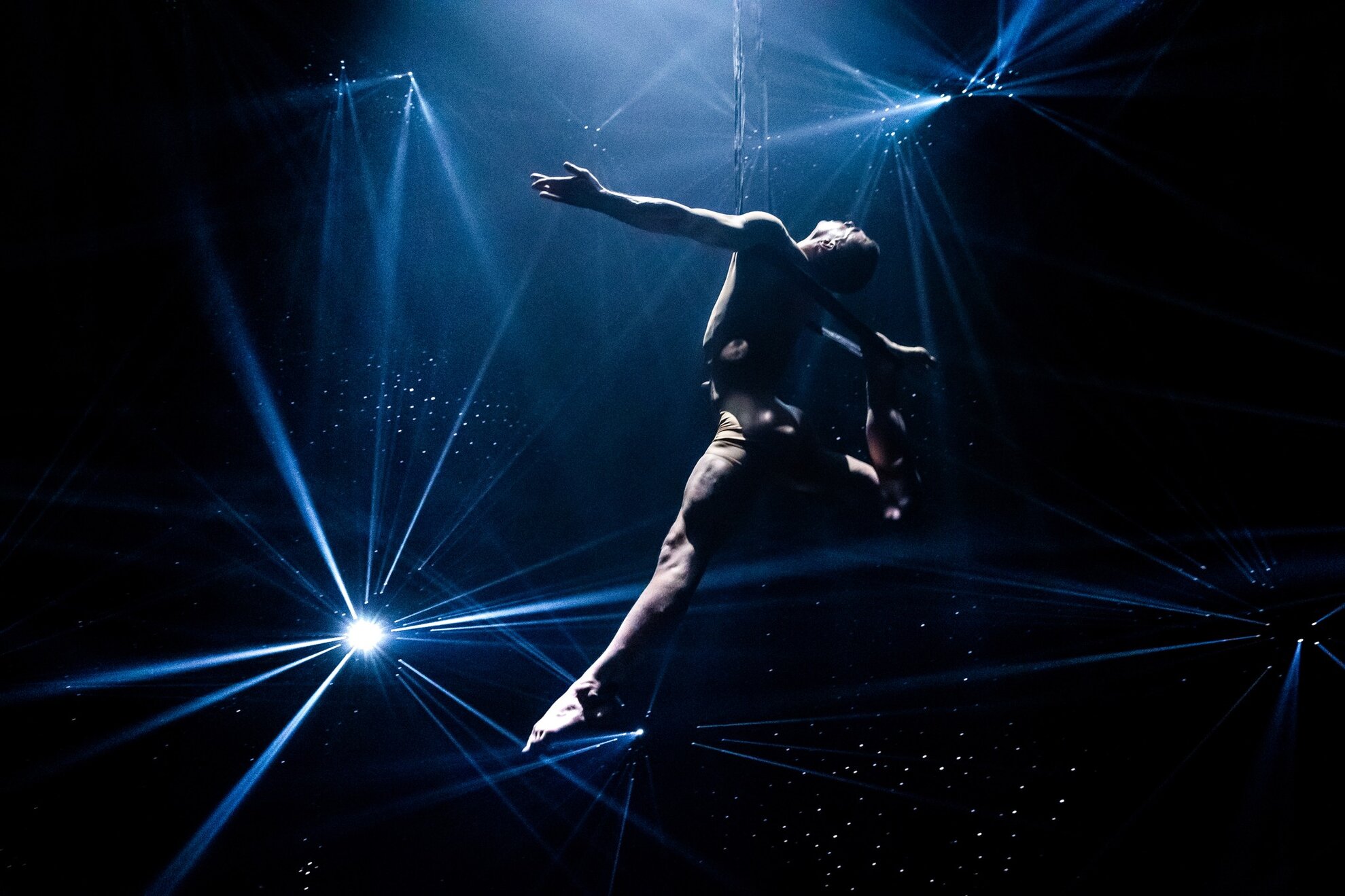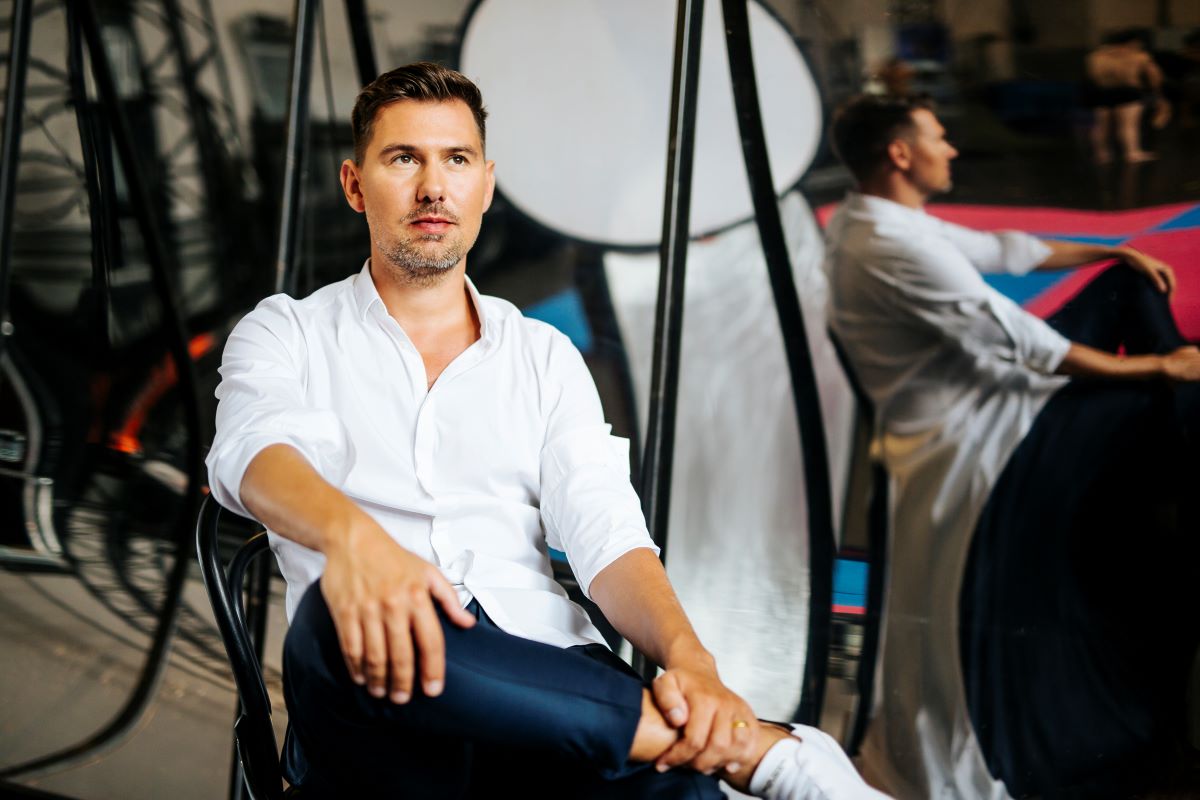We Love Budapest: Your latest production, IMA (‘Pray’), presented as part of the Bartók Spring festival, is still playing at Müpa with great success. Why prayer? What does this topic mean to you and why is it important?
Bence Vági: The desire to create IMA was conceived in the enclosed state during the epidemic. It was then that I realised that after this difficult period, the way out, the faith, the strength to move forward, must be found. The power of prayer helps, it opens up new dimensions while reaching our deepest points. It enables you to perceive beyond physical experience. Our new production helps to achieve this, evoking the atmosphere of sacred places, creating a space in which the viewer can emerge from the bonds of earthly existence on a spiritual journey. Where the soul can find itself.
WLB: Light, theatre and installations always play an important role in your productions. IMA also works with stunning stage imagery and visual identity. Did you see immediately the space the artist dancers were going to move in, or did this evolve during the rehearsal process?
BV: I have
never seen such power and precision before, in terms of the space I needed to
create to create IMA. Stage image and visuality are important in all my work,
and they always play a prominent role in the creative process, but the space
for IMA was even clearer and came to me even earlier.
Virtually everything was
there at once, even the title of the piece. I saw before me exactly what I wanted
to conceive and what I wanted to achieve with it, but that was just the
beginning. Serious teamwork was required to create both a monumental and
intimate space for the IMA installation.
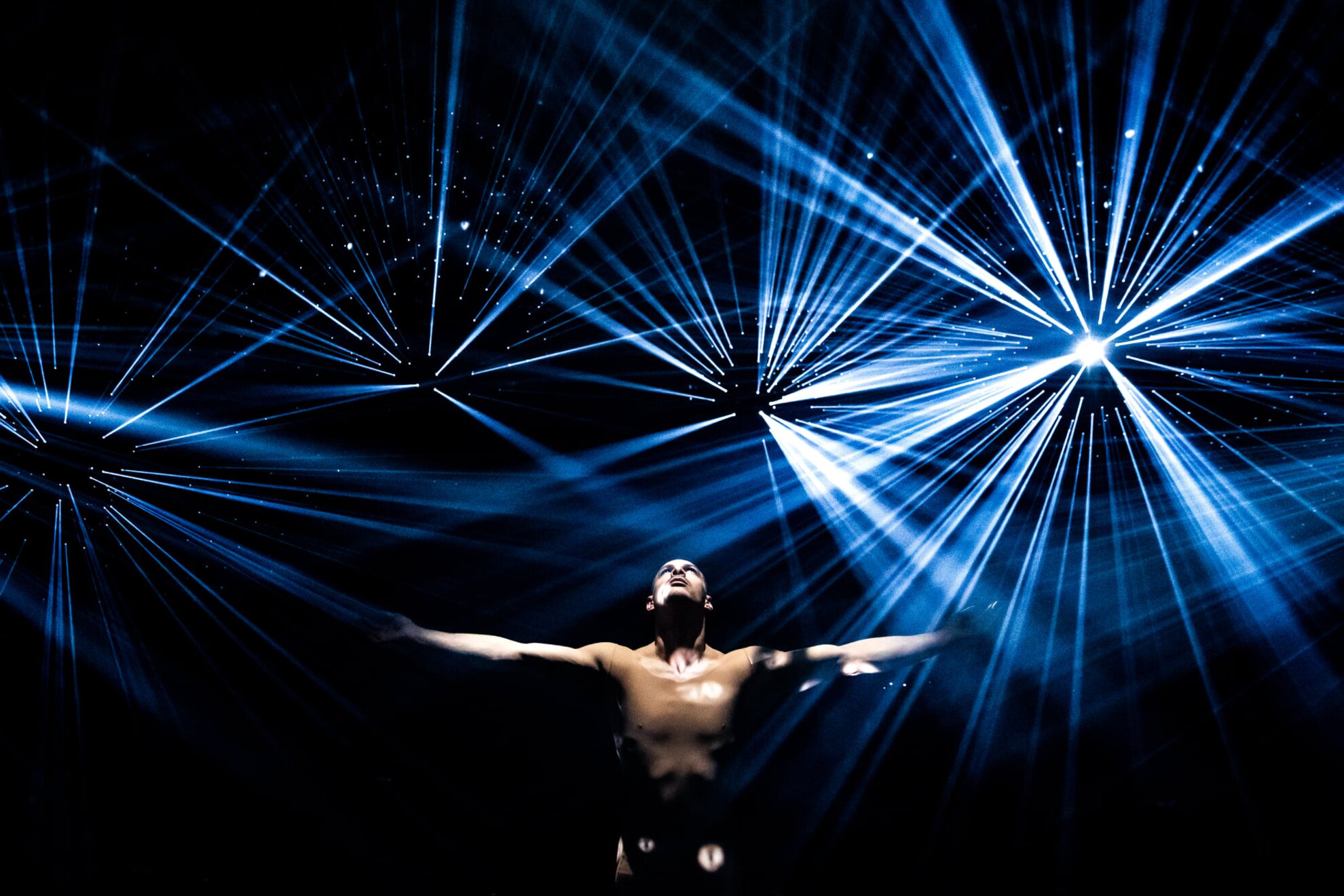
WLB: You involve the audience not only mentally but also physically in the production, and when they enter the arena, everyone receives a white ribbon that they can tie onto a mesh floating in the middle. Where did the idea for such a symbolic rite preceding the performance come from?
BV: Prayer or sacredness is associated with some kind of rite or symbolic act in almost every religion. For example, Christians lighting candles, or tying omikuji on Shinto shrines.
WLB: Recirquel has created a new genre in recent years by combining circus art and modern dance. Where does your commitment to the two genres come from?
BV: I have
been dancing since I was a child, and I was an undergraduate at the Liverpool
Institute for Performing Arts (LIPA), where I completed my master’s degree as a
director years later. So classical ballet and modern dance were my first
schools. But even in my very first directorial and choreographic work, circus
was present in some form.
This world attracted me like a magnet, but theatre
was just as important, and it is today. I am lucky, as my family supported me as
much as possible in this as well. I went to a lot of shows, we went to the
theatre, but my experience of the circus is mainly related to my grandmother.
Among my most beautiful memories are the weekends when she took me as a
toddler.
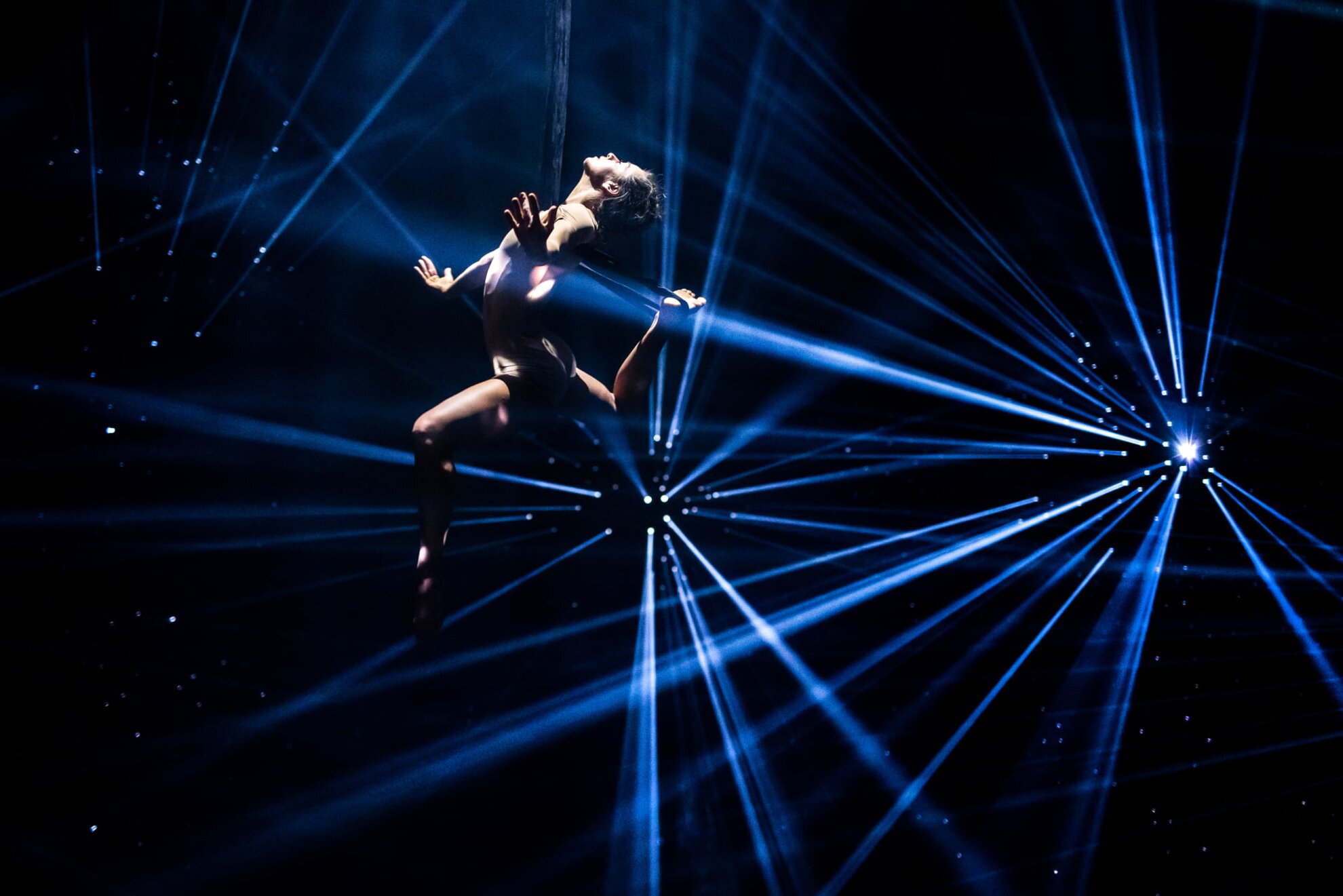
WLB: How does the company look at the moment? Do you work with both domestic and international artists, and how important is it for Hungarian and foreign performers to appear in your productions?
BV: My whole life is international. I grew up in Germany, went to university in England, but my heart always pulled me home to Hungary. This duality is also present in my work, in my company and in my personal life. It’s hard to imagine being away from my homeland for a long time, but it seems just as impossible to break away from the outside world. Whether it’s experiences, people or anything else. These are not things I do consciously, so it’s not quite right to say that the presence of a Hungarian and a foreign identity is important – I simply don’t know how to do it any differently.
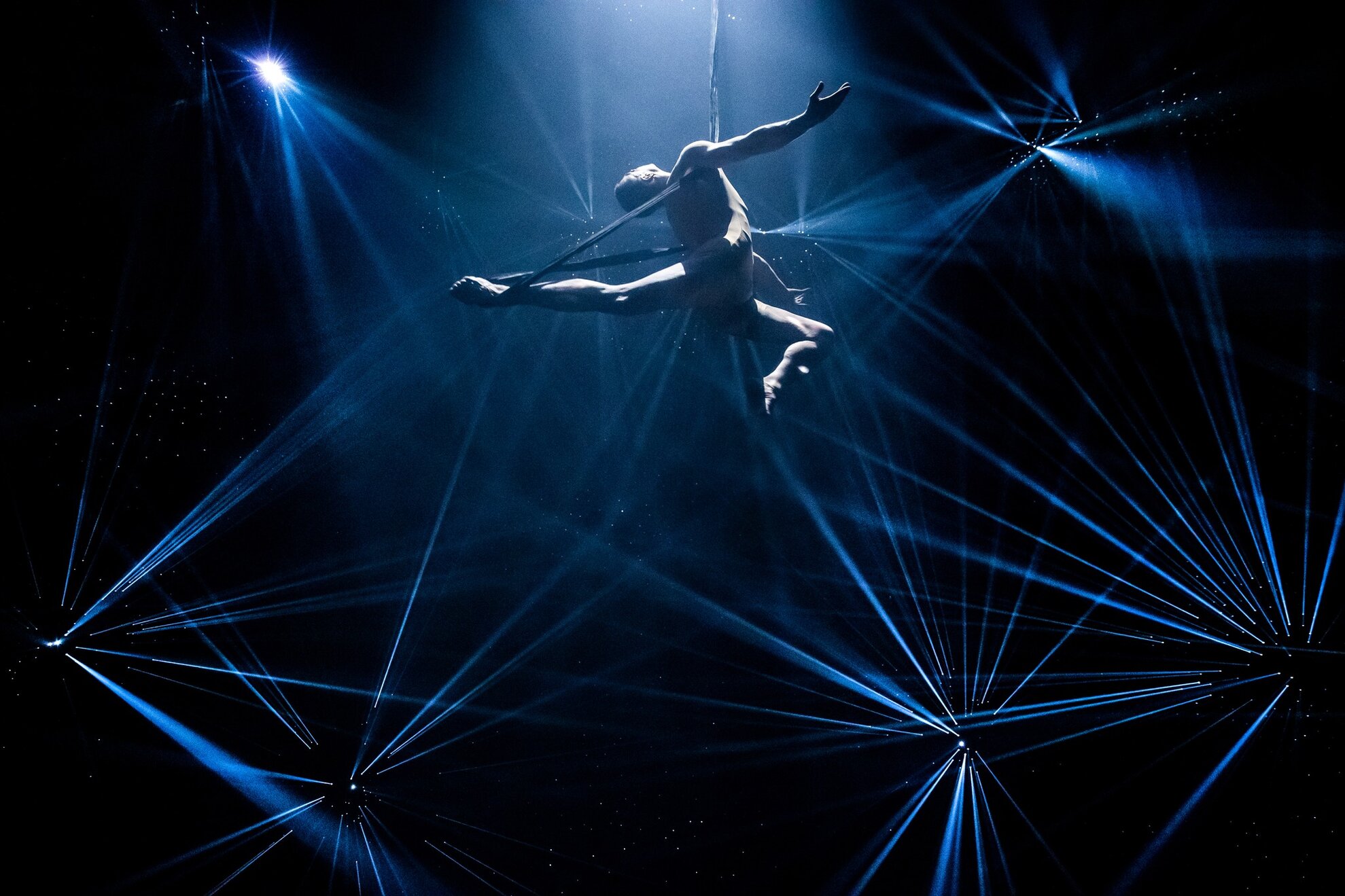
WLB: Not only do you deal with complex topics, but a performance requires a lot of commitment, and physical and mental preparation on the part of the artists and the dancers. How is the rehearsal process structured and how long does it take to complete a production?
BV: This
was an unusual rehearsal process. I was able to work with the artists one by
one, with complete peace of mind. We were able to concentrate on each other and
feed on the work together during the creative process and then during the
rehearsals. True, it meant particularly long days of rehearsal, but it was
worth it in every way.
Edina Mókus Szirtes was also intensively present as my
co-creator, with whom we sought to articulate the thoughts embodied in movement
when creating the musical material. The framework for all this was provided by
the constantly evolving, ever more elaborate installation space, the design and
construction of which required a lot of time and work.
In fact, I always work in a similar way, with a large creative and technical staff, a lot of ideas coming up, each better than the last, but at the same time you need to be able to let go of even the most amazing idea.
I always say that you should listen to your heart. I always feel, we feel, and follow the direction the creation is taking is.
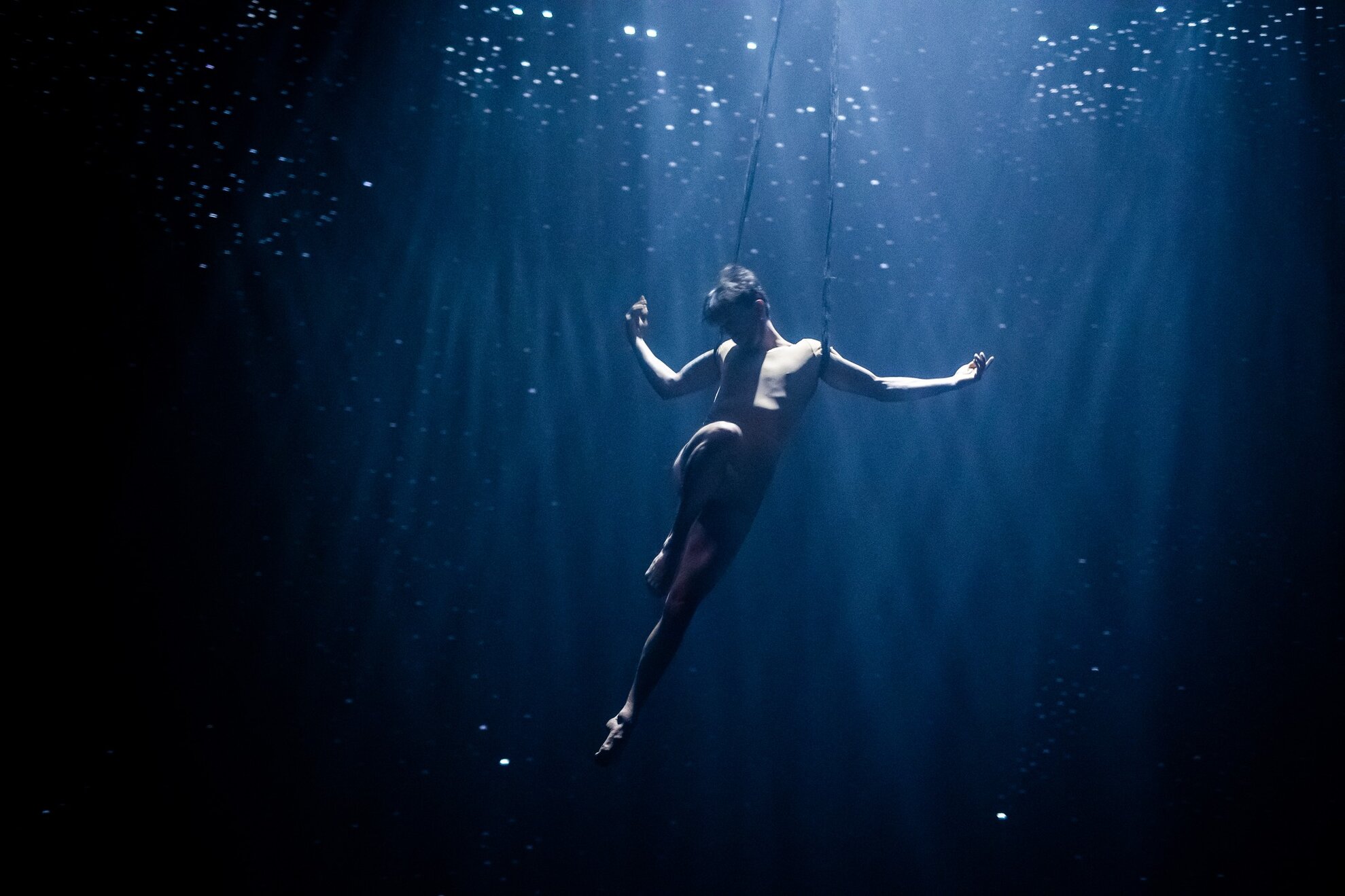
WLB: Not only have your productions been very successful at home, but you have also performed regularly with Recirquel abroad, with regular invitations to the most prestigious international festivals. How do you value this success? What are your plans for the company in the medium and long term?
BV: We are
constantly working, looking for new opportunities and ideas. Be it a new tour,
a festival, a new project, we always have one eye open, our hearts ready. The
creative process is a little different, of course, I don’t consciously seek out
an idea, it almost finds me. Perhaps I could describe it as it being born as a
feeling and growing, evolving and going through its own evolution. After it has
matured in me, then comes the stage that people don’t realise just how much hard
work goes into.
Art requires a strict way of life, hard concentration, almost Sisyphean
thoroughness. Many people put in extremely precise, professional work
based on many, many years of experience to make that artist float in a
space created by light and sound, evoking the universe, so that the audience
can feel the lightness, the magic, the beauty.
